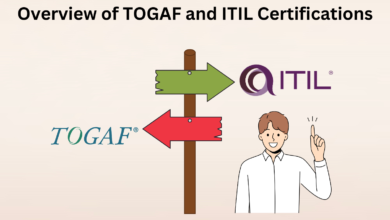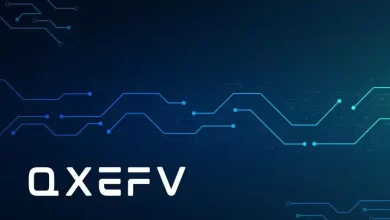
Unlocking Efficiency: The Role of eHallPass Systems and Their Implications in Decision-Making
In the ever-evolving landscape of educational technology, eHallPass systems have emerged as a game-changer, revolutionizing the way schools manage student movements and streamline administrative processes. These digital hall passes not only enhance efficiency but also have far-reaching implications in the realm of decision-making within educational institutions. In this article, we will delve into the utilization of eHallPass systems, exploring their features, benefits, and the transformative effects they have on the decision-making processes of schools.
Understanding eHallPass Systems
eHallPass systems, also known as electronic hall pass systems, are digital tools designed to replace traditional paper-based hall passes commonly used in schools. These systems leverage technology to allow educators and administrators to monitor and manage student movements throughout the school premises. Through a user-friendly interface, teachers can generate electronic hall passes for students, specifying the destination, time, and purpose of their movement.
These systems often come equipped with additional features such as real-time tracking, data analytics, and integration with other school management software. The primary goal is to enhance accountability, reduce administrative burdens, and ultimately create a safer and more efficient learning environment.
Key Features and Benefits
1. Real-Time Tracking: One of the standout features of eHallPass systems is the ability to track students in real time. This not only ensures that students are where they are supposed to be but also provides valuable data for administrators to analyze patterns of movement within the school. This data-driven approach can inform decisions related to scheduling, resource allocation, and even security measures.
2. Accountability and Compliance: eHallPass systems enhance accountability by creating a digital trail of students’ movements. Teachers can easily verify the legitimacy of a student’s presence in a certain area, promoting compliance with school policies. This not only helps in maintaining order but also aids in addressing potential issues related to truancy or unauthorized access to certain areas of the school.
3. Automated Notifications: These systems often come with automated notification features, alerting teachers, administrators, and even parents about a student’s movement. This can be particularly useful in situations where quick communication is essential, such as during emergencies or when a student is absent from a class without authorization.
4. Customization and Flexibility: eHallPass systems offer a high degree of customization, allowing schools to tailor the software to their specific needs. Whether it’s setting specific parameters for pass issuance, integrating with existing school management systems, or customizing reports, these systems provide a flexible solution that adapts to the unique requirements of each educational institution.
Implications in Decision-Making
1. Resource Allocation: By leveraging the data collected through eHallPass systems, administrators can make informed decisions regarding resource allocation. For example, if certain areas of the school experience consistently high traffic during specific times, adjustments can be made to allocate additional staff, security measures, or other resources to manage the flow efficiently.
2. Security Enhancements: The real-time tracking capabilities of eHallPass systems contribute significantly to enhancing school security. Decision-makers can analyze movement patterns and identify potential vulnerabilities, leading to the implementation of targeted security measures. This proactive approach to security is crucial in today’s educational landscape.
3. Policy Development and Evaluation: eHallPass systems provide valuable insights into student behavior and adherence to school policies. Decision-makers can use this data to develop, refine, and evaluate school policies related to student movement. It allows for evidence-based decision-making, ensuring that policies are effective, fair, and aligned with the evolving needs of the school community.
4. Time Management: Efficient use of time is a critical aspect of running a smooth and productive educational institution. With the ability to analyze data on student movements, decision-makers can optimize schedules, allocate time and resources more effectively, and streamline day-to-day operations.
Challenges and Considerations
While the implementation of eHallPass systems brings numerous benefits, schools must be mindful of potential challenges. Privacy concerns, data security, and the need for adequate training for both educators and students are essential aspects to consider. Additionally, schools must ensure that the technology aligns with their specific goals and that proper communication strategies are in place to address any concerns from the school community.
Conclusion
The utilization of eHallPass systems represents a significant step forward in the digitization of educational processes. Beyond the immediate benefits of increased efficiency and accountability, the implications of these systems in decision-making are profound. By harnessing the power of real-time data, schools can make informed decisions that not only enhance security and streamline operations but also contribute to the overall improvement of the learning environment. As technology continues to play a pivotal role in education, eHallPass systems stand out as a transformative tool that empowers decision-makers to create safer, more efficient, and student-centric institutions.



